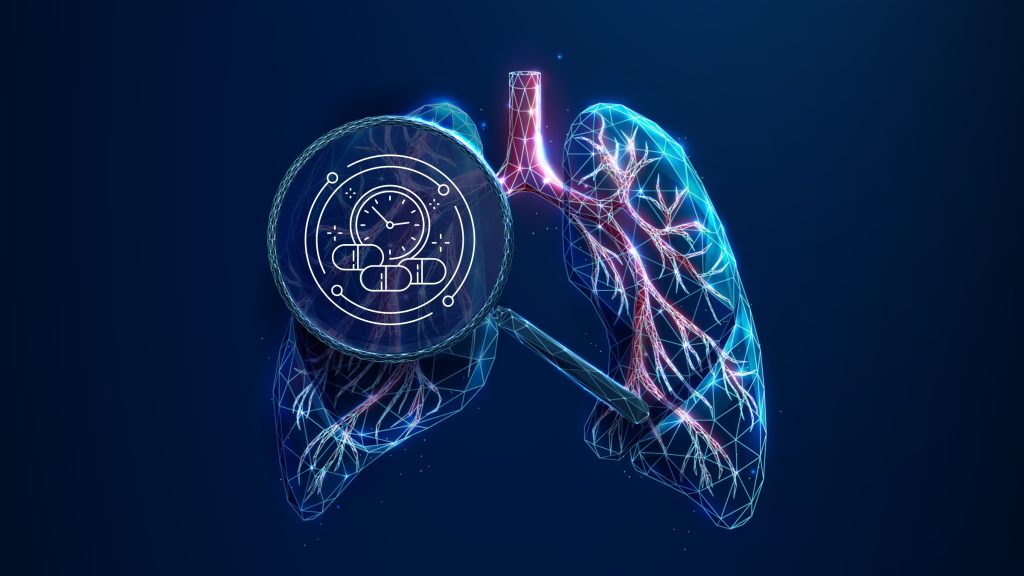
A new AI “LifeClock” is now predicting individuals’ most devastating diseases, years before symptoms manifest, exploding into a global reckoning over the dangers of disease prediction using machine learning technology, according to Nature Medicine.
The new study,“A full life cycle biological clock based on routine clinical data and its impact in health and diseases”, released this month uncovered how an AI model can read Electronic Health Records (EHRs) to estimate biological age and flag risks years.
The disease prediction using machine learning tools can analyze volumes of datasets to predict threats of cancers and neurodegenerative conditions.
LifeClock’s strength lies in using everyday clinical data instead of relying on expensive laboratory tests. Trained on 24.6 million visits from 9.6 million people (184 routine indicators) and validated externally, the transformer model linked pediatric development and adult aging to future illness as a healthy, low-cost tool for advancing precision health, accessibility, and personalized medicine with the healthcare machine learning projects.
Early Detection of Disease Through Machine Learning
Researchers report LifeClock identified two distinct clocks, one for pediatric development and another for adult aging, each powered by different biomarkers through the process of healthcare datasets for machine learning. In children, growth-linked signals, such as higher creatinine and total protein, forecasted risks like malnutrition and developmental abnormalities.
One subgroup carried a 15.36× higher risk of pituitary hyperfunction and 11.07× for obesity later in childhood.
Disease prediction using machine learning among adults range from aging-clock markers (high urea, low albumin, elevated Red Cell Distribution Width (RDW)) mapped to sharply elevated odds of diabetes, stroke, renal failure, and cardiovascular disease (CVD) one cluster faced 37.7× higher renal-failure risk. Crucially, the qualified health AI system excelled at both diagnosis and foresight: after fine-tuning,
LifeClock achieved an Area Under the Curve (AUC) of 0.98 for diabetes diagnosis and 0.91 for diabetes risk stratification models, outperforming traditional models such as RNN and XGBoost.
AI and Deep Learning in Healthcare
Built on a transformer epic EHR AI solutions with input–output stochastic masking, adversarial training to curb batch effects, and an autoregressive timeline, LifeClock creates a “digital representation” of health from standard EHR sequences. That means hospitals can deploy predictive surveillance with data they already collect vitals and labs rather than upload raw DNA data health analysis of methylation or costly imaging.
The team also showed how machine learning in medical imaging allows for better testing on independent cohorts, including the UK Biobank.
The biomarkers for disease prediction are realistic, chronological age is a blunt proxy, while biological age distilled from routine records is a sharper guide for targeting preventive care, scheduling follow-ups, and tailoring interventions years before symptoms appear.
As the authors note, the framework moves beyond simple chronological age assessment, using deep learning in healthcare to deliver a more dynamic and precise picture of individual risk.Disease prediction using machine learning could fuse wearables and real-time biometrics, turning longitudinal EHRs into living early warning systems that help clinicians intervene earlier, patients age healthier, and health systems allocate resources where they matter most.
For developers, LifeClock is the ultimate tool for proactive and personalized medicine, for money-mongering insurers the situation is very different and they’re already grappling with the AI creation.
Insurers are forcing a debate on whether this data will be used to save lives through early intervention, or to discriminate against. The truth of the matter is that they make a valid point and it’s not unlikely that the tool will be used as a tool to create uninsurable “biological underclass” based on algorithmic predictions that – while powerful – are not obsolete guarantees of future illness.
Inside Telecom provides you with an extensive list of content covering all aspects of the Tech industry. Keep an eye on our Medtech section to stay informed and updated with our daily articles.